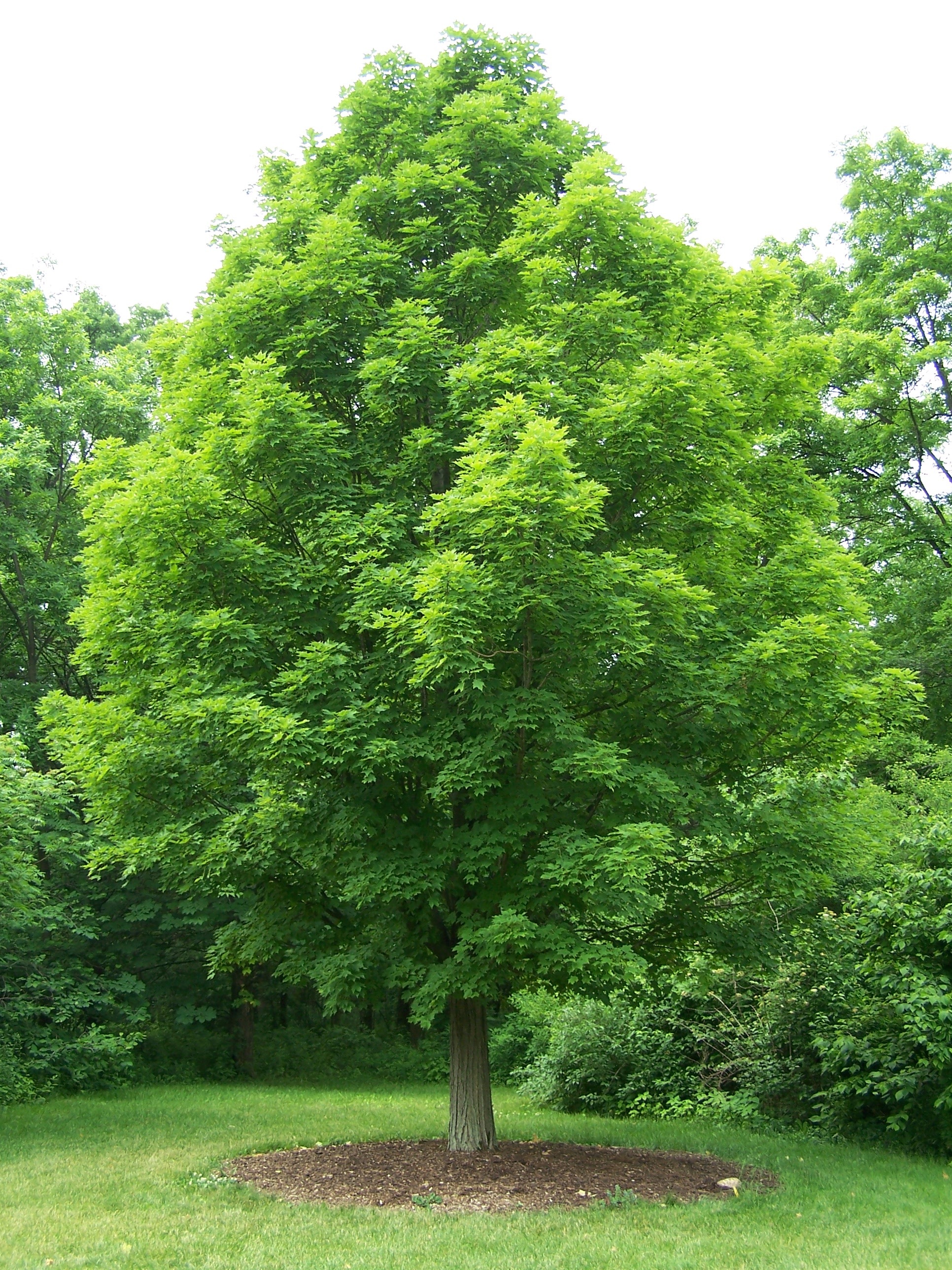Sugar Maple: Acer saccharum
Welcome to the Wonderful World of Acer saccharum!
 Acer saccharum has various common names including
Sugar Maple, Hard Maple, or Rock Maple. This species of tree is
considered to be one of the
most
important of the hardwood trees found in North America. They
also play
many important roles to humans as well as the ecosystem as a
whole.
Acer saccharum has various common names including
Sugar Maple, Hard Maple, or Rock Maple. This species of tree is
considered to be one of the
most
important of the hardwood trees found in North America. They
also play
many important roles to humans as well as the ecosystem as a
whole.
Probably the first thing that comes to mind when thinking about the Sugar Maple is its role in the production of Maple Syrup. Maple Syrup is considered one of the oldest naturally made products in North America beginning back to the time when American Indians first discovered how to make this sweet product. To learn more about how to make Maple Syrup refer to the Making Maple Syrup page.
Another important use of the Sugar Maple to humans is its role in lumber production. The wood of Sugar Maple is considered to be one of the densest and hardest of the tree species. For this reason wood from the Sugar Maple is used to make items such as furniture, cabinets, and woodenware. Even bowling alleys and basketball courts are floored with wood from the Sugar Maple.
 The Sugar Maple tree is also a popular street and garden tree for its
beautiful fall colors. To learn more about how Acer saccharum
can display such brilliant fall colors refer to the
Nutrition page. It is also
commonly known as the National Tree of Canada as well as the State Tree
for various US states. These states are New York, Vermont, West
Virginia, and Wisconsin.
The Sugar Maple tree is also a popular street and garden tree for its
beautiful fall colors. To learn more about how Acer saccharum
can display such brilliant fall colors refer to the
Nutrition page. It is also
commonly known as the National Tree of Canada as well as the State Tree
for various US states. These states are New York, Vermont, West
Virginia, and Wisconsin.
The Sugar Maple species also plays a very important role in the ecosystem of many North American forests. A variety of animal species feed on the bark or seeds of the Sugar Maple including White Tail Deer and Squirrels. The Sugar Maple also plays an important role to many insect species and Earthworms. To learn more about Acer saccharum's role in the ecosystem refer to the Interactions page.
Don't know how to identify Acer saccharum from the billions of other organisms in the world? Refer to the Classification page for more help.
Want to learn more about other organisms? Check out University of Wisconsin-Lacrosse’s Multiple Organisms website. To check out UW-L's homepage click here.